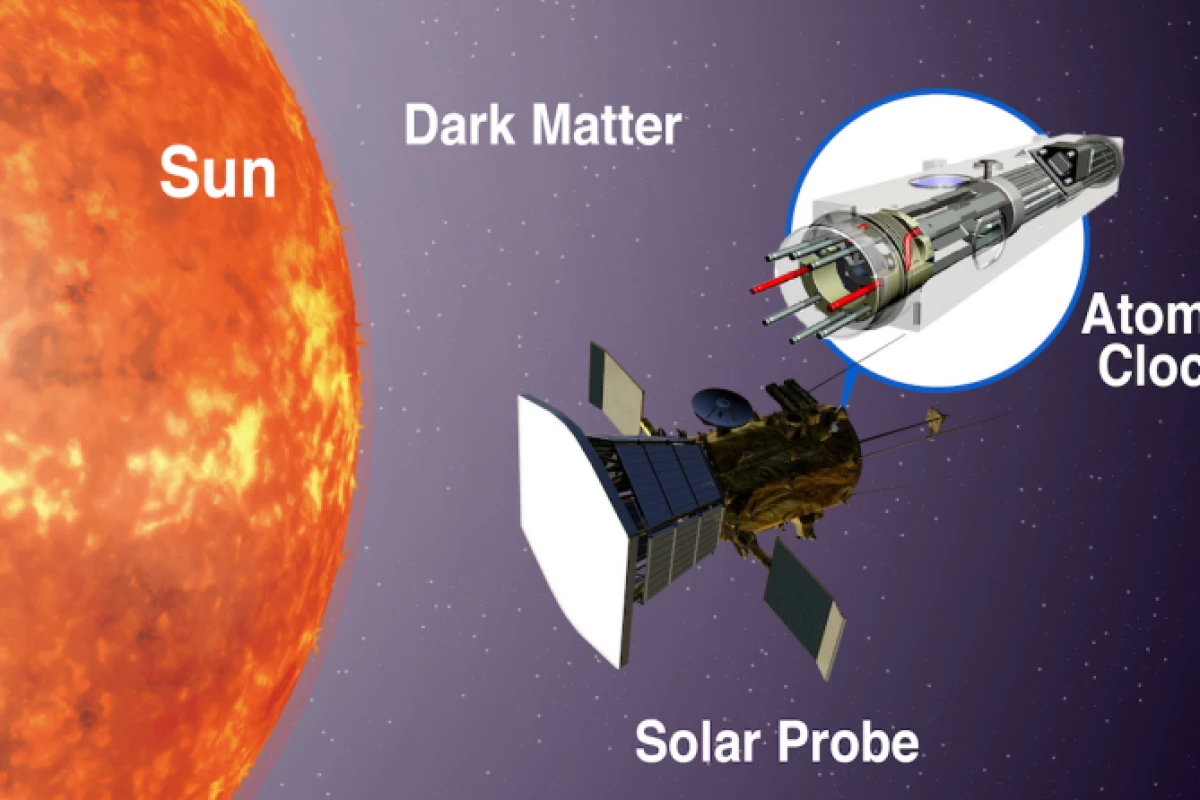While many Earth-based experiments have been run to try to detect dark matter, the mysterious substance remains elusive. Now physicists have proposed a new experiment that would try to find signals by sending atomic clocks to where dark matter should be at its most dense – right near the Sun.
The matter we see all around us every day only makes up about 15% of the mass in the universe. The other 85% is attributed to a strange, invisible substance that doesn’t reflect or emit light, hence its spooky-sounding name of dark matter. It does, however, make its presence known through its gravitational interactions with light and matter, and evidence for its existence continues to mount.
Frustratingly though, the best evidence of all – a direct detection – continues to elude scientists despite decades of searching. Experiments have been run to detect dark matter based on properties it may or may not have, according to the predictions of different models. The most common theme is to place a huge tank of a detector material deep underground, away from interference, and wait for the rare instance that a dark matter particle bumps into an atom nucleus in the tank. Other experiments watch for electromagnetic effects that some hypothetical dark matter particles are predicted to produce.
So far, none of these experiments have turned up any sign of the stuff. But perhaps that’s because we’ve been looking in the wrong place – Earth. Models suggest that the highest density of dark matter in the solar system would be right near the Sun, so that’s where a new study proposes we start looking.
Researchers from Kavli IPMU, the University of California, Irvine and the University of Delaware have outlined a potential new method for detecting dark matter near the Sun. There, the density of the material should be high enough that its predicted signals should be much clearer than they would be on Earth.
In models where dark matter particles have extremely small masses, they would be predicted to induce oscillations in certain constants of nature, such as the mass of an electron or the strength of electromagnetism. These changes would in turn affect the energies of atoms as they transition between states. Since atomic clocks work by measuring the frequency of photons emitted by atoms transitioning between states, they should be able to detect when dark matter causes these oscillations.
“The more dark matter there is around the experiment, the larger these oscillations are, so the local density of dark matter matters a lot when analyzing the signal,” said Joshua Eby, an author of the study.
Importantly, the team says that the technology required to conduct the experiment already exists. Atomic clocks are widely used to keep spacecraft in sync, and the Parker Solar Probe’s special shielding has demonstrated that near-Sun orbits can be done.
“Long-distance space missions, including possible future missions to Mars, will require exceptional timekeeping as would be provided by atomic clocks in space,” said Eby. “A possible future mission, with shielding and trajectory very similar to the Parker Solar Probe, but carrying an atomic clock apparatus, could be sufficient to carry out the search.”
While there’s currently no word on when or if this concept might ever be acted on, it’s an intriguing idea.
A paper describing the idea was published in the journal Nature Astronomy.
Source: Kavli IPMU




